Aung Thuka
4.5/5
28 Reviews
No. 5 of Local Restaurants in Yangon
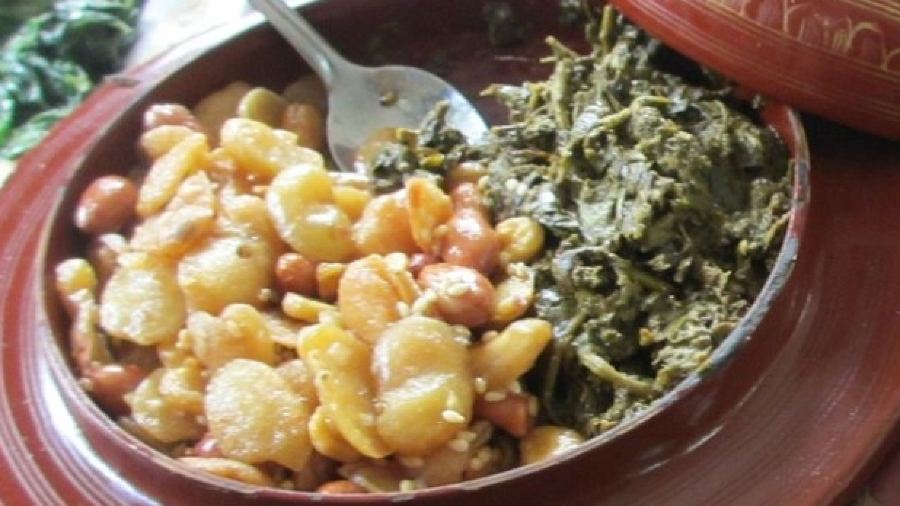
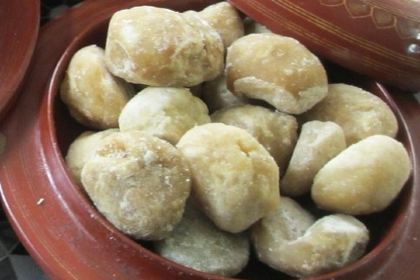
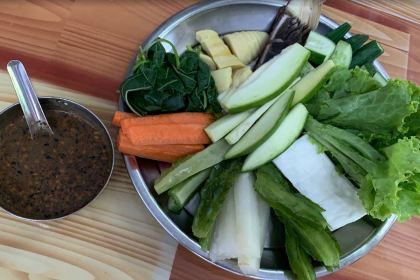
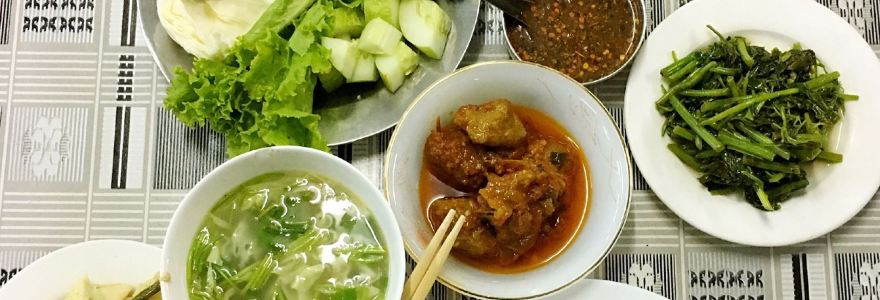
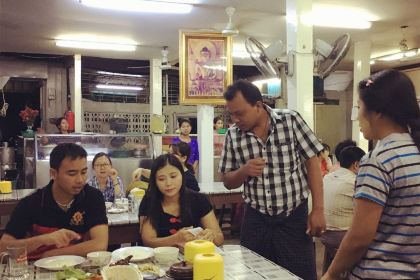
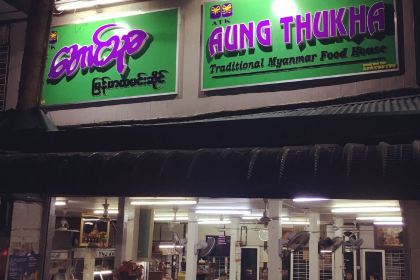
Currently closed|Open at 13:00 todayShow more
525194
17 (A) 1st Street, West Shwegondaing,yangon
 没有蜡ollingAung Thukha is a Burmese restaurant located north of the Shwedagon Pagoda in Yangon. Lonely Planet recommends it with a star. The front is dirty, but the interior is clean and tidy. You will know the taste after you taste it. I ordered two bowls of rice and the bill was about 25 yuan. After eating, I went back to my residence to rest [cute]
没有蜡ollingAung Thukha is a Burmese restaurant located north of the Shwedagon Pagoda in Yangon. Lonely Planet recommends it with a star. The front is dirty, but the interior is clean and tidy. You will know the taste after you taste it. I ordered two bowls of rice and the bill was about 25 yuan. After eating, I went back to my residence to rest [cute] Reviews of Aung Thuka
Some reviews may have been translated by Google Translate
4.5/5Outstanding
All (28)
Latest
Photo reviews (2)
Positive reviews (3)
Aung Thukha is a Burmese restaurant located north of the Shwedagon Pagoda in Yangon. Lonely Planet recommends it with a star. The front is dirty, but the interior is clean and tidy. You will know the taste after you taste it. I ordered two bowls of rice and the bill was about 25 yuan. After eating, I went back to my residence to rest [cute]
I can basically accept Burmese food, except for a very famous bean soup, which is quite delicious.
[Taste] The taste is special [Environment] is also very comfortable
Clean environment, fast service, delicious food!
You Have to Eat to Be Qualified to Talk—A Taste of Traditional Burmese Cuisine in Aung Thukha Southeast Asia boasts a multitude of culinary delights, yet I've never heard of any particularly famous dishes from Myanmar. My last trip to Myanmar was quite luxurious, with excellent food, but I unfortunately didn't get to try any local Burmese food. When I asked my tour guide, he seemed hesitant and had many complaints about Burmese cuisine, but I don't know if it was true or not. This time, with my son on a more in-depth tour of Myanmar, I was determined to have an authentic Burmese meal and unveil its mystery… Okay, I must admit it wasn't very good… The meal in picture three cost approximately 18,000 kyats, slightly less than 100 RMB. The dishes I could discern included mutton stew with potatoes, broad bean paste, grilled shrimp, and grilled eel. The stir-fried vegetables tasted unfamiliar, and I couldn't identify them. Another condiment was also a mystery. The soup was delicious, but I couldn't identify the various leafy greens in it either. Burmese cuisine lacks the diverse flavors of Thai food, feeling more like Indian cooking. It's salty, oily, and has a rich, spiced aftertaste. Pictures 6-7 show a Burmese salad; raw eggplant is even served, making for a truly bizarre taste. Both dressings are made with spices and fish sauce, very salty and pungent—hardly appealing. Picture 4 shows dessert: fried broad beans (salty) and sweet tea leaves (slightly sweet), quite unique. Pictures 7-12 show me coaxing my son to eat raw eggplant, and then…